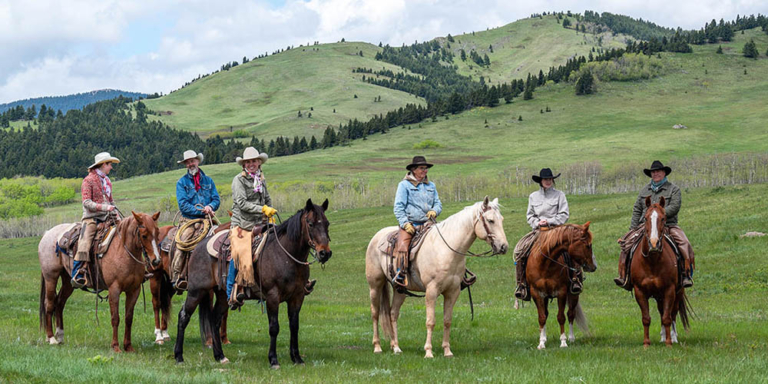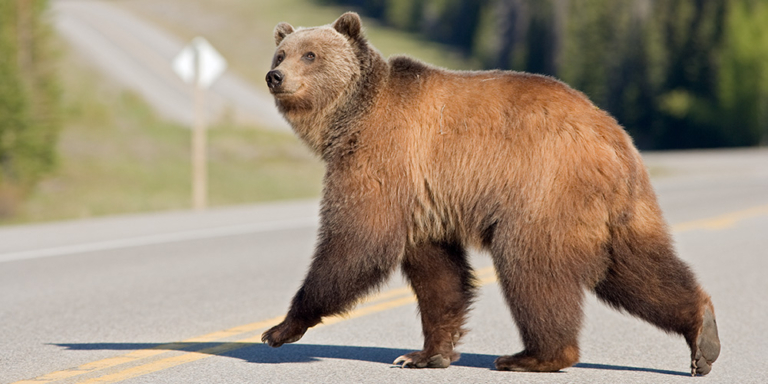By the time you read this, the Alberta government agency tasked with protecting our natural legacy will be no more. The former Fish and Wildlife Division will not exist under any recognizable name or department.
The old branch had lots of important jobs. It inventoried and assessed fish and wildlife populations, allocated hunting and fishing opportunities, and determined species at risk and their recovery. It ran fish hatcheries, provided hunter training and conservation education, and enforced fishing and hunting rules. But, its most important–and controversial job–was to advise on proposed land uses to ensure fish and wildlife populations were conserved.
The UCP government has stealthily engaged in the final gutting of what was left of the Fish and Wildlife Division.
The task of fishing and hunting licences–and ensuring the allocations don’t harm native populations–has been hived off to Forestry, Parks and Tourism.
Should we be concerned that the oversight of vulnerable populations has been given to a Minister who coincidentally has one of the largest guiding and outfitting companies in Alberta? Couldn’t that create some complicated conflict of interest?
Fish culture and hatcheries have recently been put under Agriculture and Irrigation, leaving the species at risk function behind in Environment and Protected Areas.
This is not the first time that core aspects of safeguarding fish and wildlife have been redistributed.
A previous Conservative government transferred enforcement (the Fish and Wildlife Officers) to the Solicitor General’s department. They also gave away the job of inventorying fish and wildlife stocks as well as the habitat development responsibilities by outsourcing them to the NGO Alberta Conservation Association. The task of resource education was privatized under the Alberta Hunter Education Instructor’s Association.
The current government claims they support grassroots democracy and red tape reduction. Yet, none of these recent changes have had any public consultation, let alone input from conservation organizations.
As to red tape reduction, how parcelling out the functions of safeguarding fish and wildlife between two NGOs, and four government departments (in three separate Ministries) makes things more efficient defies logic.
These changes are the equivalent of assigning various healthcare functions to separate ministries. Imagine sending hospitals to the Ministry of Municipal Affairs, family health to the Ministry of Education, trauma and emergency services to the Ministry of Transportation, and diagnoses to the Ministry of Public Safety. It’s hard to imagine any successful business operating on such an uncoordinated and non-integrated approach.
Our government is supposed to defend the broader public interest, not private profits. But, like a successful business, the delivery of government programs needs to function in an integrated way under the umbrella of one departmental administration with a similar purpose and commitment.
To manage fish and wildlife well, there needs to be adequate, timely inventories of populations, especially vulnerable ones. There needs to be an objective assessment of the number of hunting and fishing licences, insolated from commercial interests.
Albertans need their government to monitor the impacts of extraction, ensure robust habitat protection, and develop innovative enforceable policies that ensure biodiversity is always part of government agendas.
We need our government to protect species at risk, (with mandatory recovery actions); and optimize fish hatchery operations to provide additional recreational angling. But most of all, given the recent controversies related to undisclosed spills, we need stronger enforcement to ensure rules are followed.
These functions are not divisible, they hinge upon each other, and can only work as a unified whole.
The question that remains unanswered (it may never have been considered at all) is–can safeguarding fish, wildlife, and habitat happen, in such a fractured way, between four departments, all with differing mandates, priorities, and directions?
I doubt it.
The risk of the recent shuffle is that our fish and wildlife populations will slip through the bureaucratic cracks, that conservation will be weakened, and that red tape will increase with interdepartmental conflicts over mandates, budgets, and staff levels.
I admit some bias. I was a part of the Fish and Wildlife Division before the hemorrhaging began. Before I retired, it was still considered one of the elite fish and wildlife agencies in North America. Now it doesn’t even exist.
Albertans routinely identify nature as part of what makes Alberta special. Our native fish and wildlife–and the air, land and water on which they rely –are provincial treasures. They need to be safeguarded and defended from those looking to make a quick buck.
But our current government has not taken their sacred task seriously. Like selling provincial parks and throwing the Eastern Slopes open to coal exploration, gutting fish and wildlife management is another example of how out of touch they are. It illustrates a most extraordinary and dangerous hubris.
Lorne Fitch is a Professional Biologist, a retired Alberta Fish and Wildlife Biologist, and a former Adjunct Professor at the University of Calgary.






